Blake Scholl's Master Plan to Bring the Boom
Boom Supersonic wants to bring supersonic flight to the masses. We spoke with CEO Blake Scholl about how he plans to do it.
a16z speedrun demo day is our exclusive event where speedrun founders pitch live on stage. This year’s demo day is coming to San Francisco on March 18, 2025.
Are you an investor interested in attending? Apply now to reserve your spot. Seats are extremely limited to select investors and invitations are non-transferable.
Last week, Boom Supersonic CEO Blake Scholl and his team achieved a quiet, unexpected breakthrough.
Boom’s test plane, the XB-1, earned global acclaim in January when it became the first ever fully privately-developed supersonic jet to break the sound barrier. But then, on February 10th, the company managed another surprise: the XB-1 broke the sound barrier again, but without the expected “boom” sound reaching the audience on the ground. This demonstrated a technical capability of the XB-1 that Scholl calls “Boomless Cruise.”
“When an aircraft breaks the sound barrier at a sufficiently high altitude,” Scholl wrote in a explainer thread on X, “the boom refracts in the atmosphere and curls upward without reaching the ground.”
This comes as an ironic (though welcome) twist for a company called “Boom,” and could have major implications for the company’s future ambitions. Current US federal regulations forbid supersonic commercial flights over land. But if Scholl and his team can persuade the government to update the rules and make exceptions for Boomless Cruise flights, it’d be a major boon for Boom—and for air travelers willing to pay extra for faster over-land coast-to-coast flights.
Just minutes after the XB-1’s successful test flight, Scholl set up his laptop on the tarmac and joined a video call with speedrun to talk about how the prospect of boomless supersonic flight might change everything for his company.
“We’ve got to rerun all the economics,” Scholl said. “If you look at routes like Miami to Seattle, or to San Francisco and LA on the west coast, I can connect all those up. Those are going to really sing now, though they maybe would not have sung two weeks ago.”
As Scholl chatted with speedrun, his team gathered around the XB-1 behind him for a group photo. Scholl paused a moment to look behind him, beaming and briefly getting a little emotional as he looked on.
“That's what a bunch of happy, super-savvy jet engineers look like,” he said.
Behind the Boomless Breakthrough
“I would love to say we planned it all along,” Scholl says, but the truth was that the team only began seriously exploring the possibility of a boomless flight on Saturday, February 1st, just 10 days before the XB-1’s second attempt at breaking the sound barrier.
Scholl—long aware that boomless supersonic flight is scientifically possible—called an emergency meeting with his engineering team. “I said, guys, we've got to rerun the mass here, and we're going to see what our highest possible transonic acceleration altitude is going to be, and how that fits relative to the mach cutoff physics.”
The team worked together in a conference room all that day, running and re-running simulations. “And the answer was that it works,” Scholl says. “So I said, alright, we’re gonna pivot the company and launch around this.” That night, Scholl sent out a cryptic post on X hinting at what his team had discovered.
Scholl says he believes that “One of the biggest mistakes made by smart people is not noticing when the context changes.” And two important contextual elements have changed to allow for Boomless Cruise. The first is the custom engine that Boom designed for its vehicles after backing away from a planned partnership with Rolls Royce. “A custom engine can do different things than an off the shelf engine,” Scholl says.
The second big contextual change that could make Boomless Cruise a reality is in the regulatory environment. “We were very pessimistic that we would be able to change the current prohibition of supersonic flight over land,” Scholl told speedrun, “but I don't think that's the case anymore. And so I'm going to be on the pink eye to DC tonight, and we're launching our campaign to legalize supersonic flight.”
That was last Monday. By the end of the week, there were some signs that Scholl’s campaign was gaining traction in Washington.
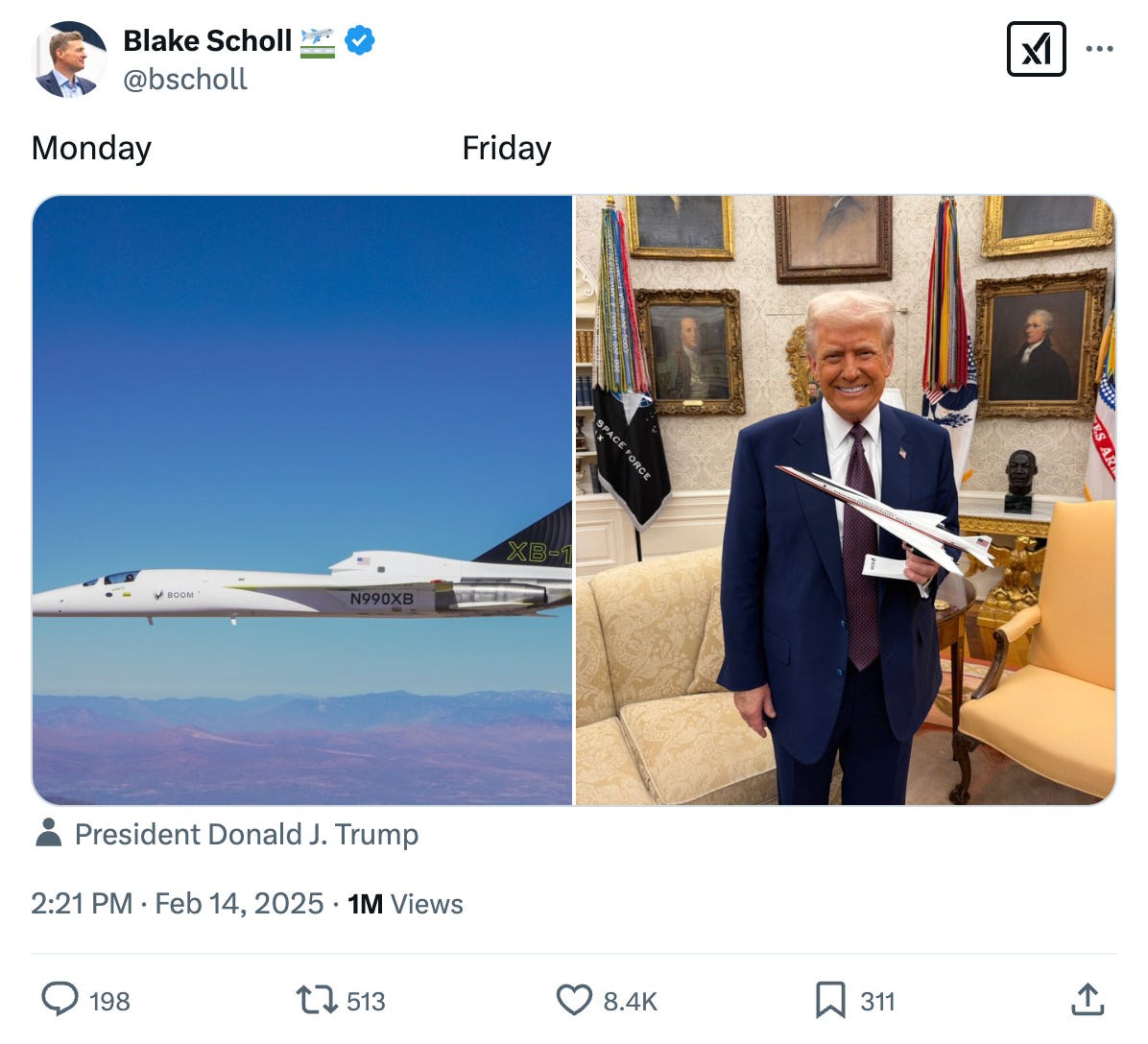
From Barcode Readers to Superspeeders
Scholl says that as long as he can remember, he has been obsessed with flight—though he hasn’t always been able to align his career with his passion.
“I grew up in the 90s, and nothing exciting was happening in aviation,” Scholl says. “The internet was where the innovation was.” He started and sold his first business—a web hosting company that he ran out of his parents’ basement—while still in high school. He then went to Carnegie Mellon and earned a computer science degree, taking flying lessons in his spare time.
After graduation Scholl pursued a career in tech: first as a software engineer at Amazon and eventually as the founder of a mobile ecommerce company called Kima Labs, which was acquired by Groupon in 2012.
Scholl calls his time building Kima “a miserable experience.” He now refers to the company’s flagship app as “a barcode scanning game for people shopping in stores—and I didn’t even like to shop in stores!”
The transition to Groupon also failed to spark Scholl’s imagination. He puts it more bluntly:
“I went from the most miserable thing, which is a barcode scanning game, to the next most miserable thing, which is internet coupons,” Scholl says. “Eventually I just couldn't take it.”
On Scholl’s LinkedIn, he summarized his experience at Groupon this way: “There is nothing like working on Internet coupons to make you yearn to build something you truly love.”
After Boom gained attention by breaking the sound barrier with XB-1, people on social media began to notice this line on Scholl’s LinkedIn, and screenshots of the page went viral. “A PM at Groupon quit his job to build a supersonic plane company because you can literally just do things,” declared one post.
But Scholl’s desire to do something ambitious was real, and was ignited in part by his experience building the ecommerce startup. “I remember with my first company thinking, why did I ever do this? It's not worth the pain,” he says. “I knew I wanted to do another company, but I never wanted to ask that question, of why am I doing this. I never wanted to think it wasn't worth it.”
As Scholl reflected on what really motivated him, he thought back to his longstanding obsession with planes. “I figured there's got to be a good reason why no one's doing supersonic flight.”
Scholl spent a year educating himself about the business and physics of commercial flights. “I bought a whole bunch of textbooks,” he says, “and took remedial Khan Academy physics and calculus because I haven't had any since high school.”
From here, Scholl began to create market models. The first question he wanted to answer: Why did the Concorde fail?
The Need for Speed
Boom, of course, isn’t the first company to attempt commercialized supersonic flight. The famously unprofitable Concorde—which was backed and developed in tandem by the French and British governments—flew from 1969 until it was retired in 2003.
The Concorde, Scholl argues, didn’t fail for technical reasons. “It failed because it was too damn expensive,” he says. “It didn't have product market fit! Here's a 100-seat airplane that was really for rockstars and royalty, and it was so damn expensive that it flew half empty. So it just made no economic sense.”
Lessons for Founders
Scholl discovered the market opportunity for Boom by building his own market models and asking questions others hadn’t thought to ask. “One thing I've learned is: never accept a qualitative answer to a quantitative question,” he says. “And I never accept anybody else's claims about what the answers are, unless I've seen the map for myself.”
Scholl says “One of the biggest mistakes made by smart people is not noticing when the context changes.” If the context (financial, technical, regulatory, or otherwise) has updated, some basic assumptions may need rethinking.
Scholl came to believe that if you could produce a supersonic-capable jet at a lower cost than the Concorde, and sell tickets for “supersonic seats” at a price comparable to modern day business-class tickets, the market opportunity is real.
Scholl founded Boom in 2014 and secured initial funding from Y Combinator in 2016. It took time, but as the Boom team tweaked its designs and began testing early versions of its technology, a roadmap to commercial viability began to emerge.
Last year, the company managed the first successful subsonic flight of its XB-1 test plane. Months later, it completed construction of a “superfactory” in Greensboro, North Carolina, where it will assemble its next-generation Overture aircraft.
Scholl says that Boom’s next plane, the 64–80-seat Overture, will be “three quarters less expensive than Concorde was,” and predicts that ”tens of millions of passengers are going to fly in this thing, because people travel more when flights are faster.“
Ultimately, Scholl believes, “the market for supersonic is gonna be vastly larger than the market for subsonic.”
Boom has already secured orders and pre-orders for 130 Overtures. The first planes are set to be delivered to United Airlines, American Airlines, and Japan Airlines, with passenger flights expected to begin by 2029.
But Scholl is already plotting the company’s next phase of growth. While his team’s current projections for the Overture estimate that there will ultimately be over 600 supersonic routes available to air-travelers, Scholl foresees a world where Boomless Cruise over-land flights could expand the possibilities to cover vastly more routes.
“We're going to progressively drive costs down and drive speeds up,” Scholl says. “The fare is going to be affordable to passengers, profitable for airlines, and the market is going to be big enough that it's worth developing the airplane. That’s it.”
💡 More Big Ideas
▶️ We’re launching the new a16z Speedrun YouTube channel with a longform upload of the talk Marc Andreessen gave to speedrun founders last month. Expect snippets from the many legendary speakers we've brought into the program as well as resources for anyone interested in entrepreneurship.
Be sure to subscribe to the channel, and watch Marc’s talk in full below:
🧑💼 Jordan Mazer wrote a useful strategy guide for hiring called Building A World Class Interviewing Culture. Mazer argues that “few companies treat interviewing like a performance metric,” which “leads to interviewers not being directly rewarded for doing a good job.” The result? Bad hiring.
💼 There are currently over 400 open jobs listings across our portfolios. Join our talent network for more opportunities. If we see a fit for you, we'll intro you to relevant founders in the portfolio.
That’s it for this week. If you haven’t already subscribed, it’s time to lock in. We’ll see you next Tuesday.







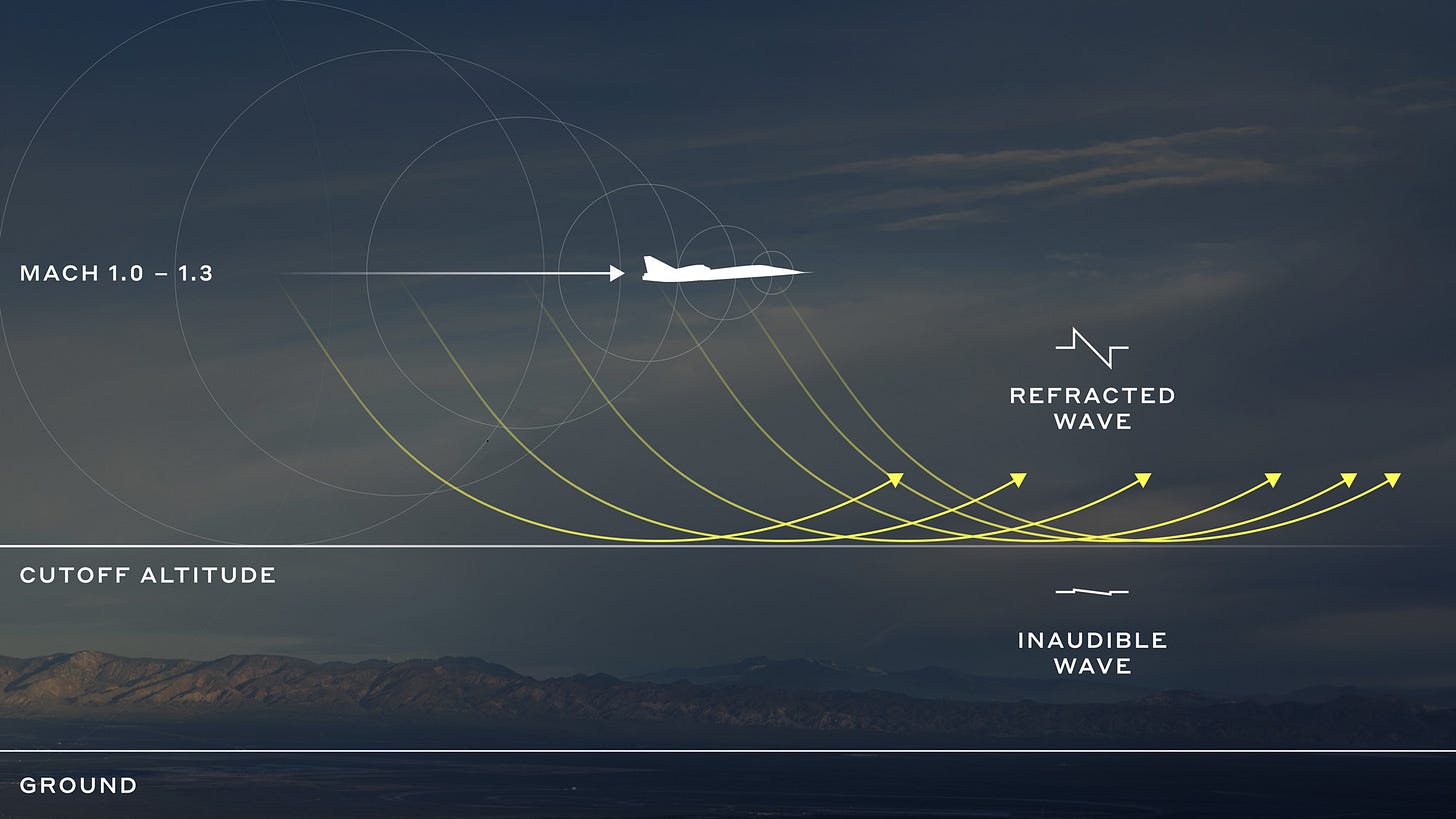
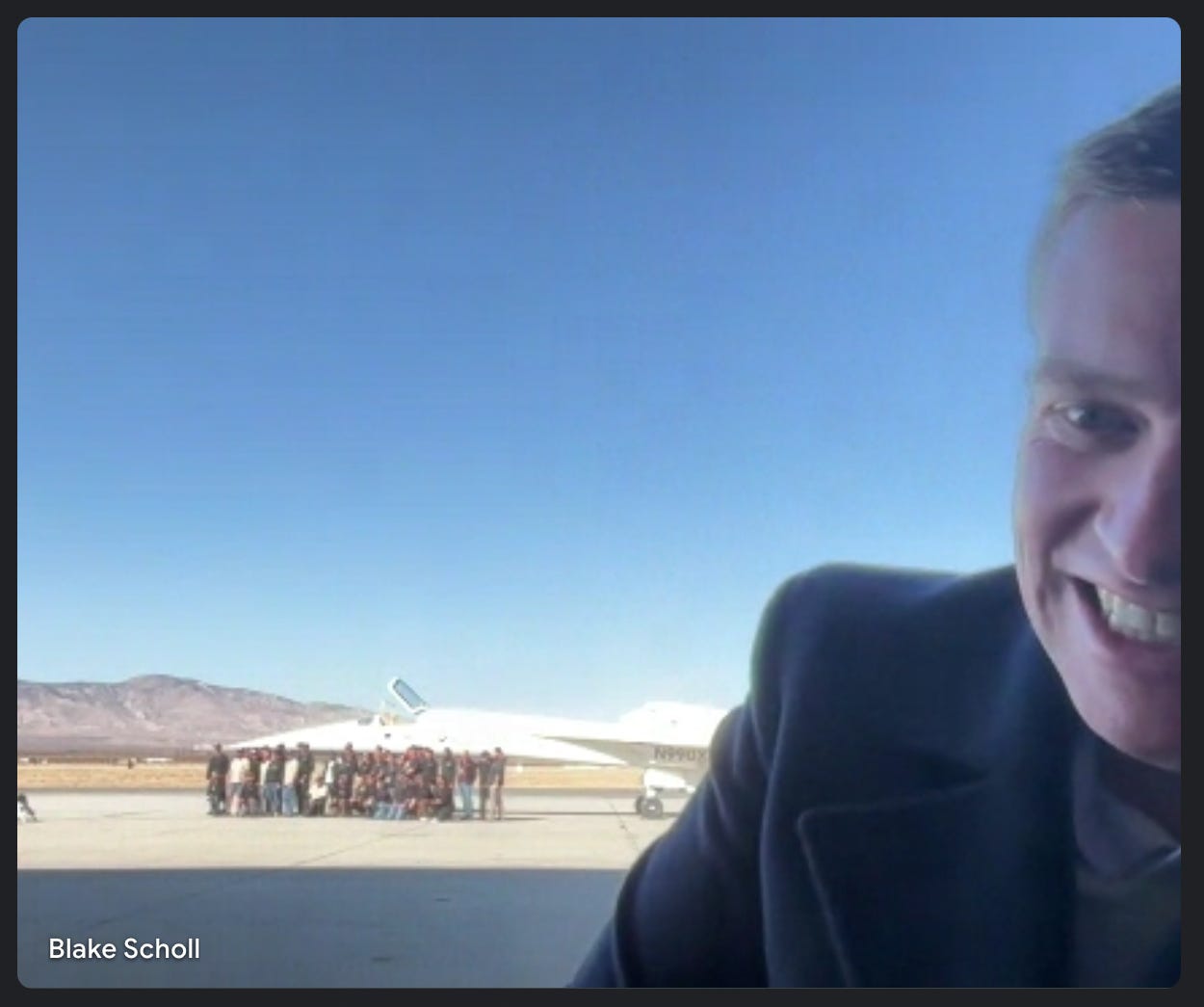
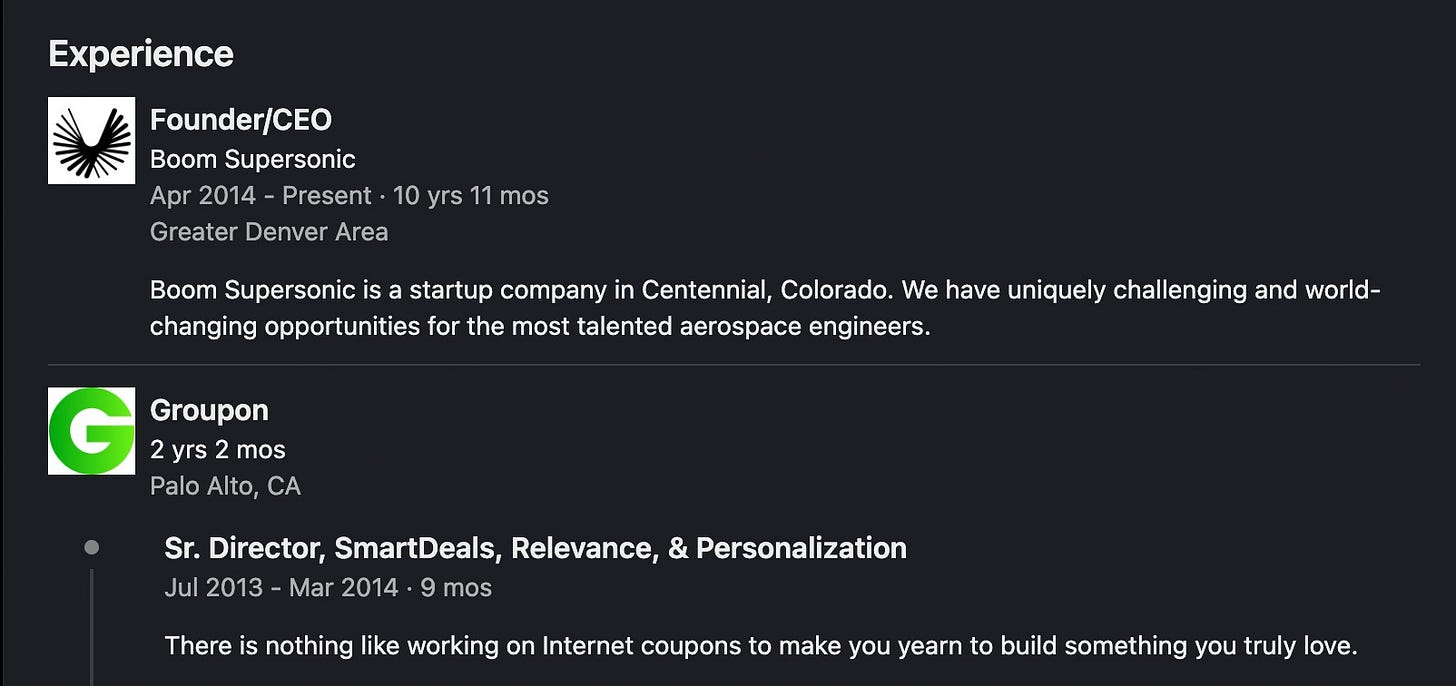
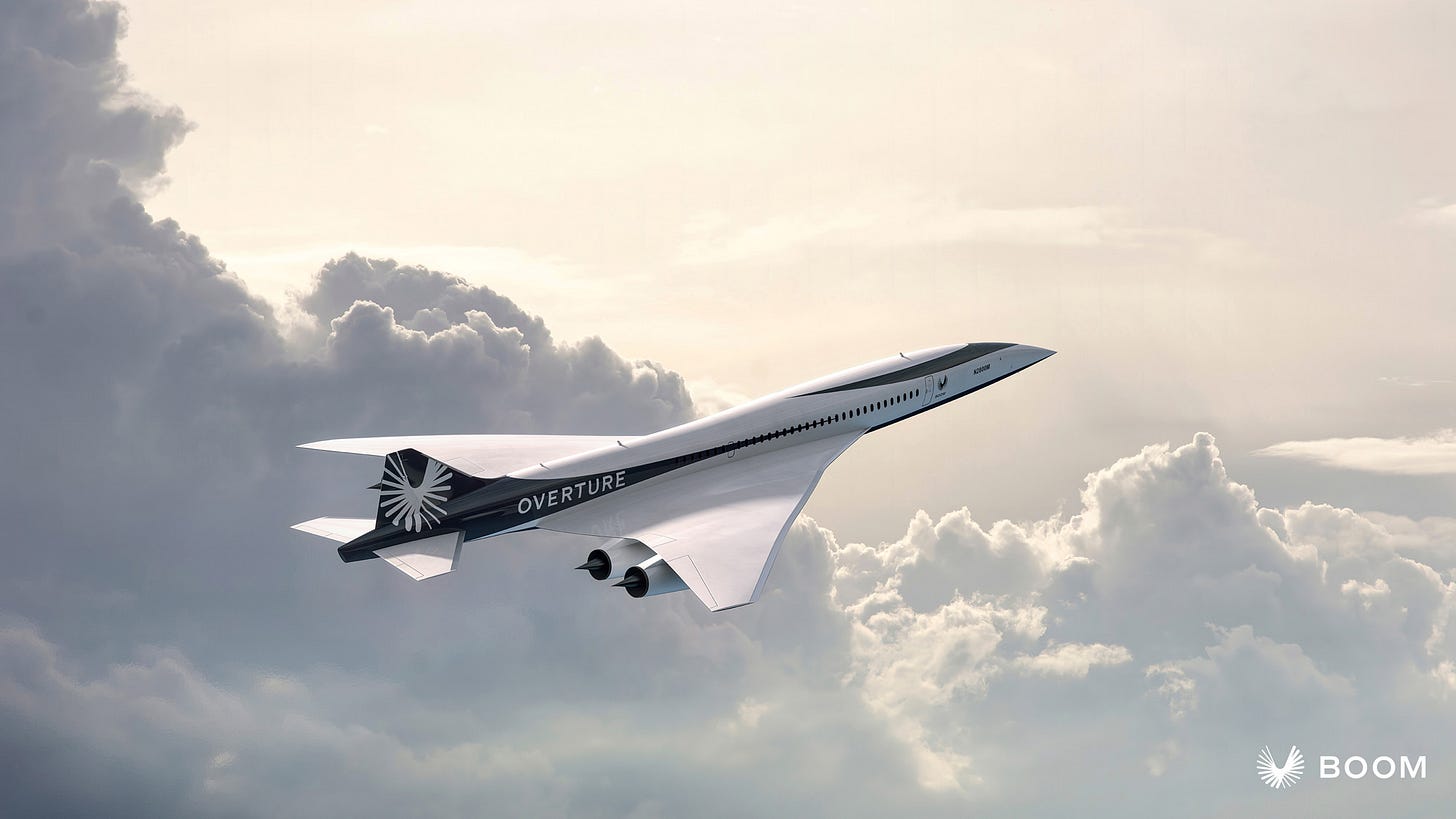
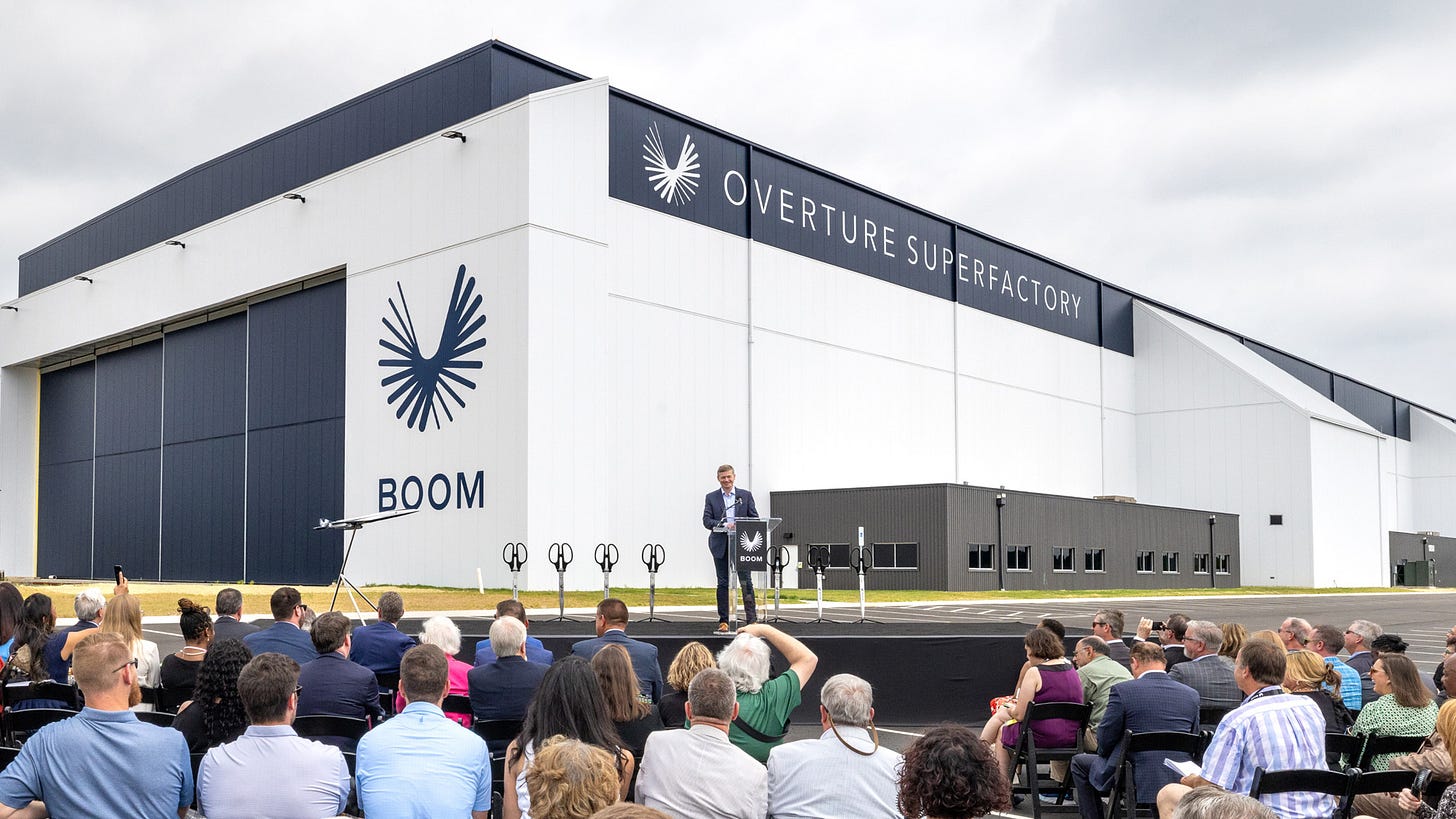


Awesome!!
👏👏